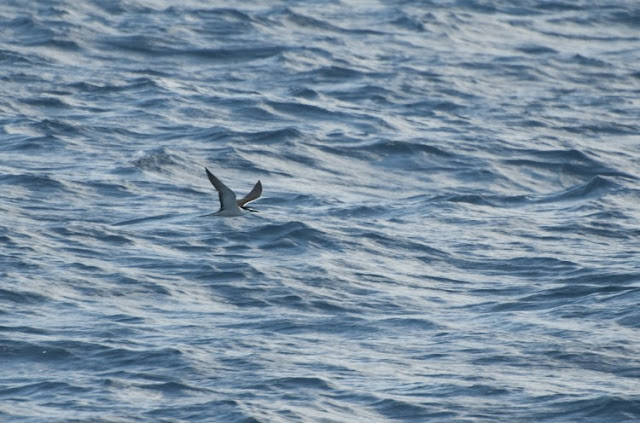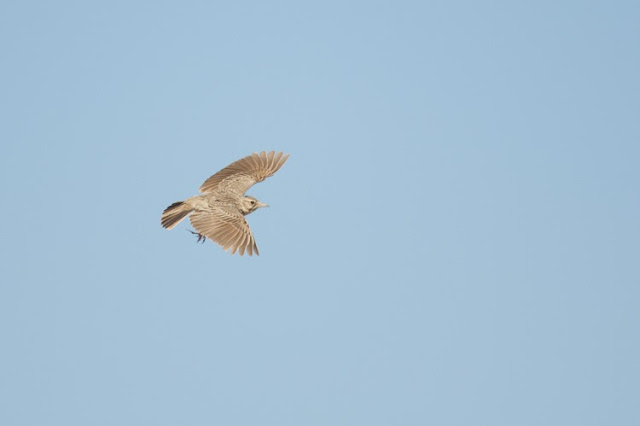Other commitments over the past weeks have meant I have had to suffer looking at stunning photographs of the bird on the internet, but eventually I found time, the ferry was booked and we were off, leaving Harwich just before midnight on an overnight crossing. Being woken this morning at 6.30am to Bobby McFerrin's "Don't worry, be happy" was not expected or particularly welcomed but once docked and we found our way out of Hook of Holland, negotiated Rotterdam rush hour and got completely lost in Zwolle, we eventually located the spot and thankfully the owl was still present, taking shelter from the wind and light rain on a floodlight stanchion on a playing field.
Over the next few hours the weather improved and the owl became more active, even catching a vole within a few feet of the gathered photographers, and although it spent much of the time up in a tree which photographically wasn't ideal, it did eventually drop to a lower tree and posed for the crowd. All in all, a quite stunning bird and well worth the wait to see one and the trip to the Netherlands.










.jpg)




















.jpg)


















